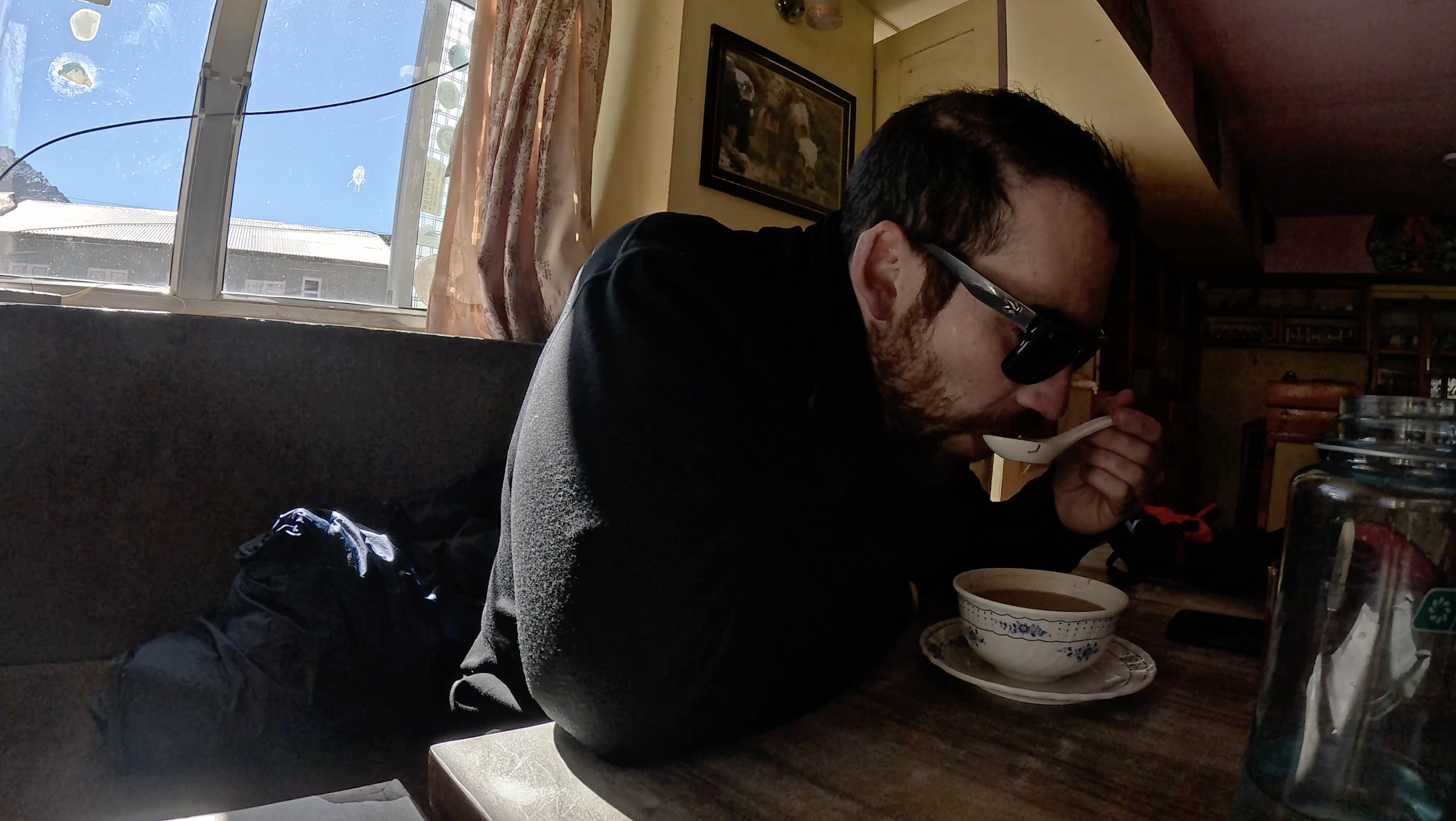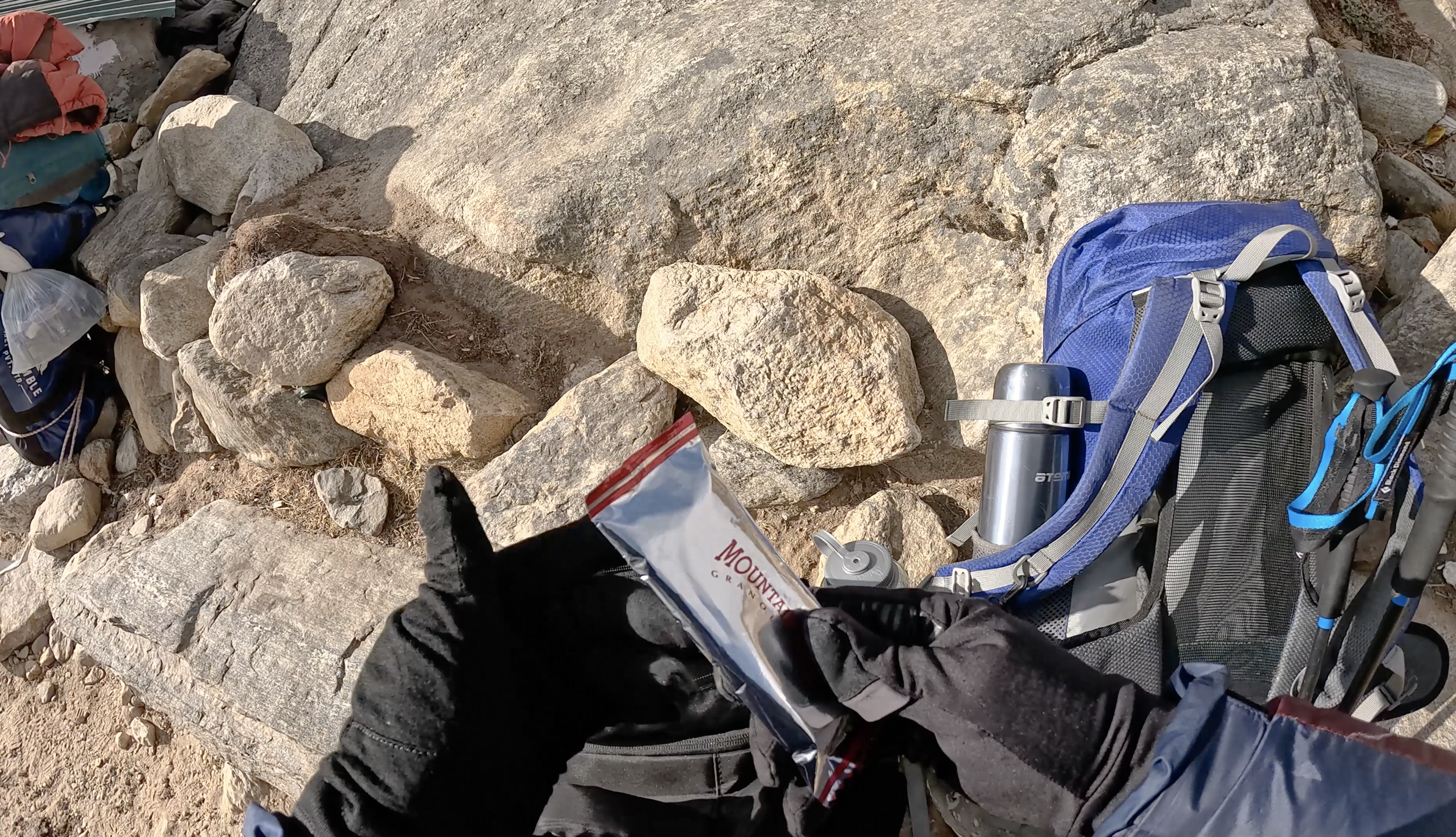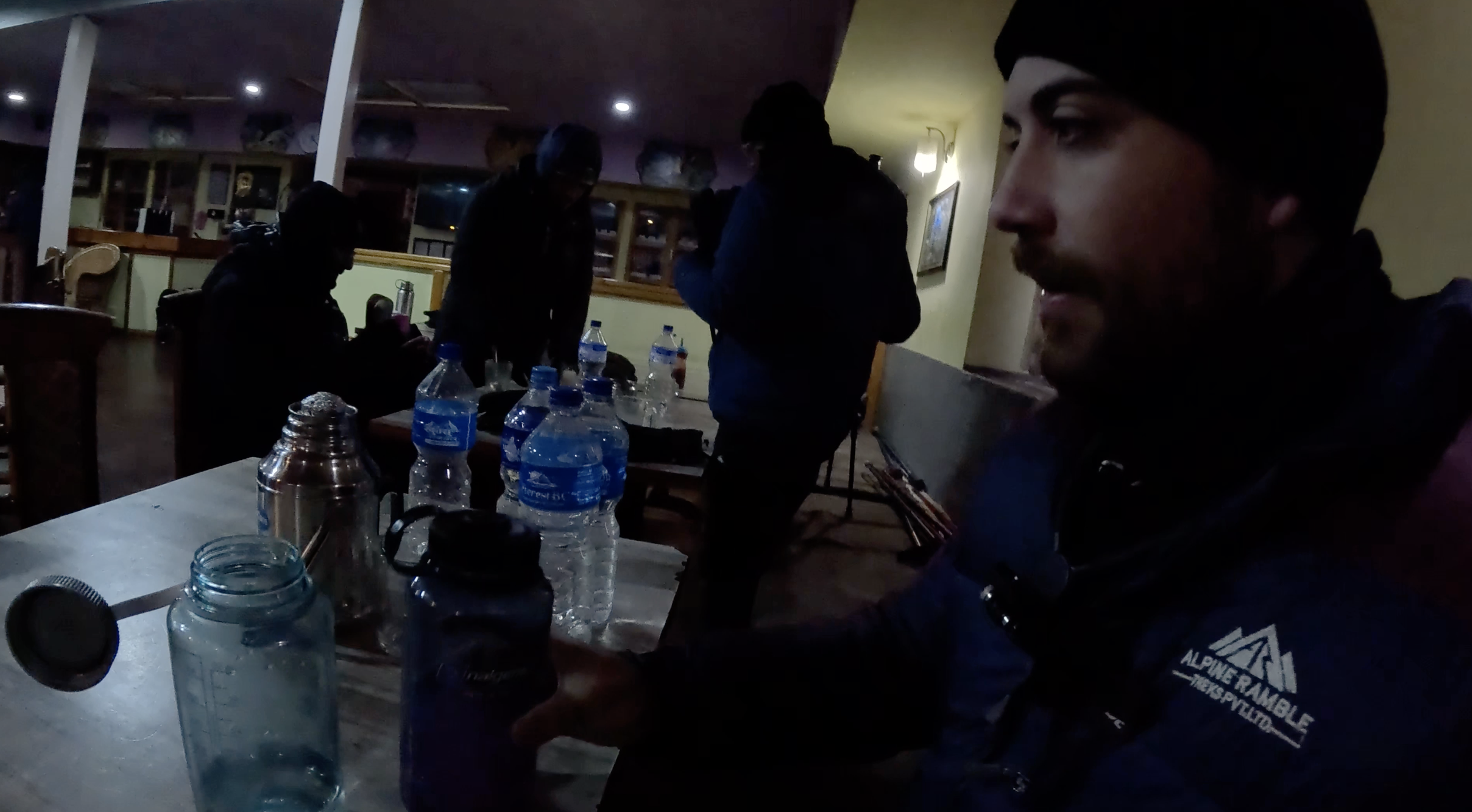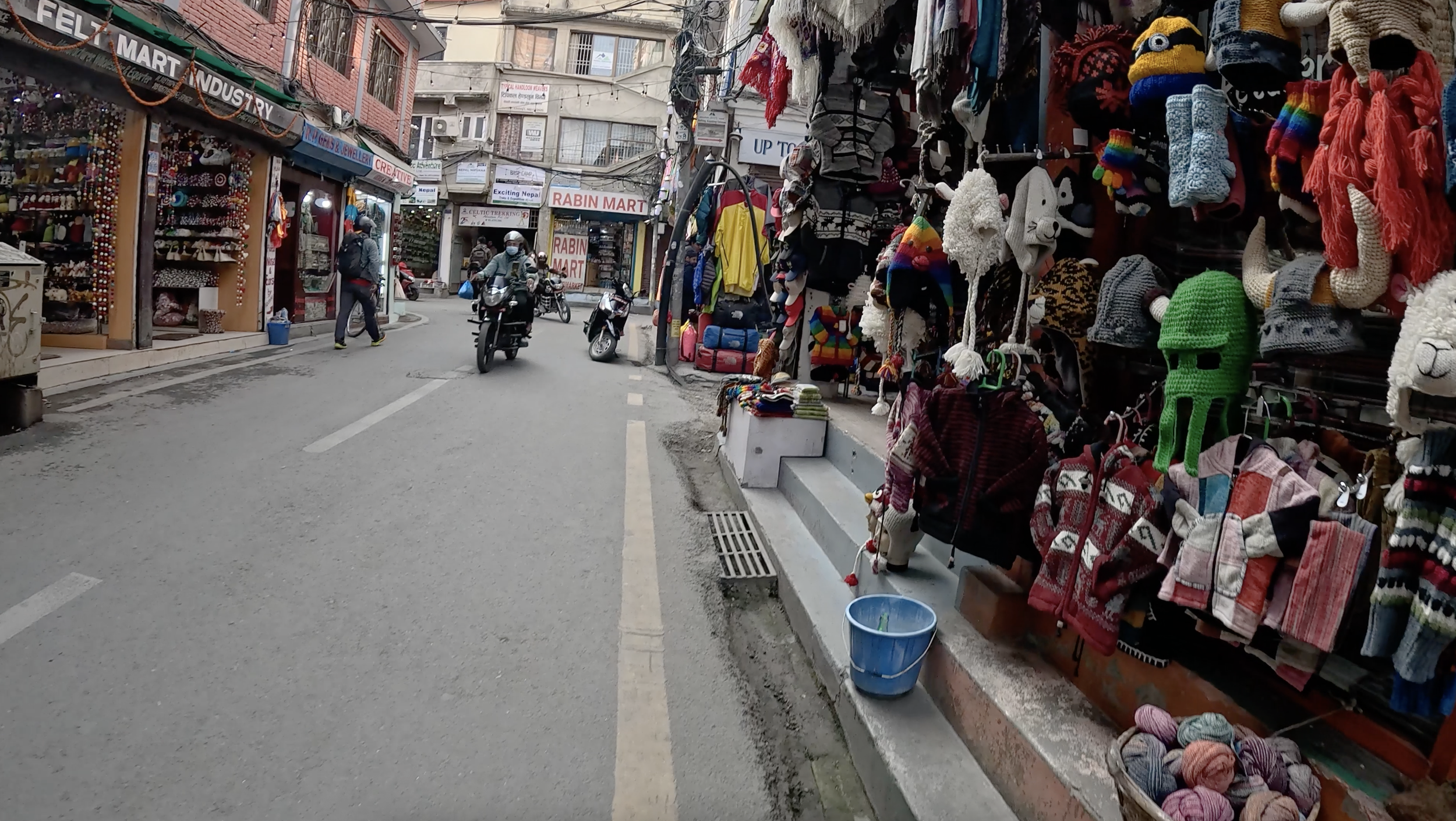7 Biggest Mistakes I Made on the Everest Base Camp Trek
If you’re planning the Everest Base Camp trek, learn from my errors before you hit the trail. These are the 7 biggest mistakes I made—some cost me time, some money, and some comfort. From overheating on the trail to ignoring local advice, here’s everything I wish I had done differently.
Mistake #1: Booking My Flight Without My Full Name
This might sound like a small detail, but it caused way more stress than you'd think.
When flying internationally—especially to countries in Asia—your airline ticket has to match your passport exactly. That means your first name, last name… and yes, your middle name. I skipped mine when I booked. And while I didn’t get kicked off any flights, it created a headache I didn’t need. I had to contact the airline multiple times, go back and forth on policies, and almost ended up with fees I could’ve avoided.
Lesson: Always enter your full legal name when booking. One missed word can spiral fast—and dealing with international airlines can be a long, frustrating process.
Mistake #2: Wearing Too Many Layers While Hiking
The mornings in the Himalayas are absolutely freezing—but that doesn’t mean you should start the hike bundled up like you’re heading to the Arctic.
I made the rookie mistake of piling on all my layers just to stay warm at breakfast. Not even thirty minutes into the hike, the sun came out and I started climbing. Within an hour, I was soaked in sweat and carrying a bunch of fleece in my hands.
Lesson: Start cold. Smart layering is key. You’ll warm up quickly once you’re moving, and you don’t want to carry wet, heavy gear all day.
Mistake #3: Skipping the Garlic Soup ‘Cure’ Too Long
Garlic soup is something every local, guide, and teahouse recommends to help with altitude—but I ignored it at first. I figured it was a gimmick.
Big mistake. A few days into the trek, altitude sickness hit me hard—headache, fatigue, and nausea. Out of desperation, I tried the soup. And to my surprise, it actually helped. Maybe it was the hydration, maybe the garlic… or maybe just some local magic.
Lesson: When locals give advice—especially about altitude—listen.
Don’t skip the garlic soup—it’s a trekker’s secret weapon.
Mistake #4: Hiking Too Fast, Not Enjoying the Journey
At first, I treated the trek like a competition. I wanted to get to the teahouse first, get the best room, beat the rush. But what I actually got was boredom—hours sitting in cold rooms waiting for dinner while everyone else was still enjoying the trail.
I realized I was missing the entire point. The best moments came when I slowed down—when I took in the views, shared tea with locals, or just rested with my guide.
Lesson: Everest isn’t about the destination. It’s about the experience. Don’t rush it.
Mistake #5: Not Bringing Snacks From Home
I thought I could stock up on snacks in Nepal. I was wrong. The options in Namche Bazaar and on the trail are limited, overpriced, and... questionable in quality. One local granola bar nearly cracked a molar.
Lesson: Bring your favorite snacks from home. Protein bars, trail mix, nut butters—whatever fuels you. Don’t rely on mountain stores.
Trust me—pack your snacks from home. Your stomach (and wallet) will thank you.
Mistake #6: Not Drinking Enough Water
Despite hearing it over and over, I didn’t drink enough water. Carrying multiple bottles felt like too much weight, so I kept saying I’d refill later. But sometimes, that ‘later’ came too late.
I ended up dehydrated, fatigued, and dealing with altitude symptoms that could’ve been avoided. Staying hydrated is non-negotiable.
Lesson: Bring more water than you think you need. Drink constantly—not just when you’re thirsty.
Water is life at altitude. Don’t gamble with dehydration.
Mistake #7: Overspending on Expensive Wool Layers
Everyone told me to buy premium wool for this trek—so I did. And while it worked, I could have gotten by just fine with gear I already owned.
Wool is great, but expensive. If you’re not a winter hiker, it’s probably not worth it.
Lesson: If you already hike, use what you have. Don’t drop hundreds on gear that won’t get reused.
Wool works—but it’s pricey. You probably don’t need it.
🎥 Watch the Full Video
Want to hear the full story and see these mistakes unfold on camera? Watch the full YouTube video 7 Biggest Mistakes I Made on the Everest Base Camp Trek for firsthand footage, advice, and lessons learned.
And don’t forget to check out my entire Everest Trek Series on YouTube for guides, costs, behind-the-scenes stories, and breathtaking views.
👍 Like, 💬 Comment, 🔔 Subscribe — and avoid making these mistakes yourself!




